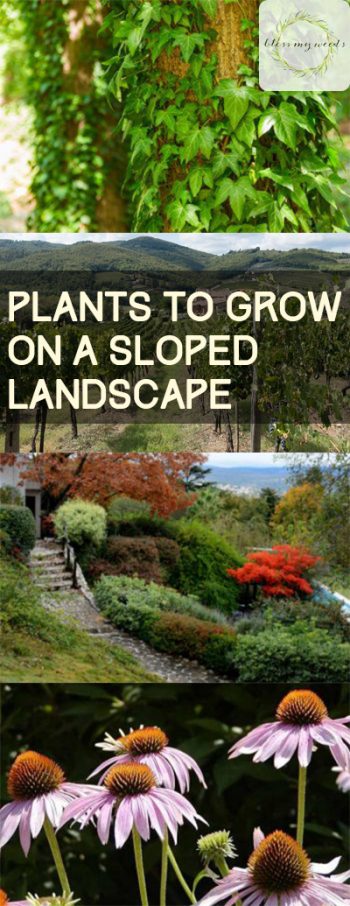
If you have a sloped yard, you may not have had much luck growing your favorite plants in certain areas. You might have found it downright impossible to keep your landscape from slowly sliding downward. While maintaining a sloped yard can be difficult, there are certain plants that can thrive in your unique situation. Let’s take a look at some of them.
1. Start With a Plan
When you’re getting ready to landscape your slope, consider the pitch and potential runoff. If the grade is more than 30 degrees, terracing the area (giving it distinct levels of flat ground) might be your best option. With terracing, you can avoid excessive erosion and gravity-related moisture loss.
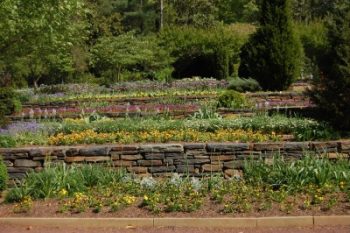
2. The Planning Stages
Once you’re sure you don’t need to terrace, you can decide which plants are likely to do well in this location. You’ll need deep roots to help stabilize soil. Shady trees can help slow evaporation to retain moisture. Low ground covers can provide easy care. You could also choose turf grass if you aren’t afraid of a difficult mow, but be warned that rain or sprinkler water may slide to lower areas. Also consider how much maintenance you want to do in a sloped area.
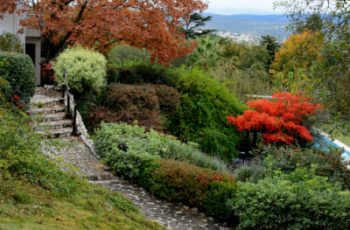
3. Recommended Shrubs
Once established, the right plants can add depth, color, and shape to a sloped yard. Tall bushes and shrubs can add interest during any season, but be careful to choose species that don’t require a lot of maintenance and cleanup, since this might be difficult to do. Shrubs you might want to consider include sumac, Japanese yew, dwarf forsythia, California lilac, burning bush (pictured), creeping juniper, carpet cypress, and snowberry.
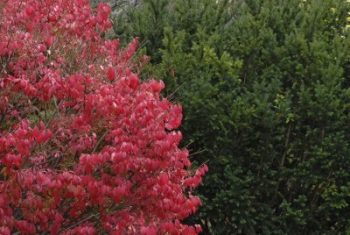
4. Ornamental Grasses
Ornamental grasses can do well on a slope. They are generally drought tolerant and can help retain soil stability with their roots. Take a look at little bluestem, switchgrass, or red fescue.
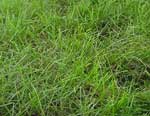
5. Ground Covers
Ground covers can help prevent erosion and moisture loss, and cover a sloped area with low-maintenance color and texture. Just avoid varieties that call for regular maintenance, like shearing or mowing. You might consider vinca, rockrose, prostrate rosemary, creeping myoporum, and English ivy.
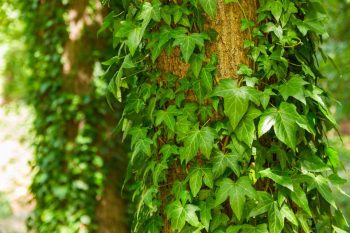
6. Flowers
If you want a gorgeous hillside full of flowers, you can spread seed throughout the area. Choose native wildflowers that grow in your zone, or hardy perennials that you won’t have to replant for years. Some good choices include roses, daylilies, violets, Russian sage, spring bulbs, and coneflower.
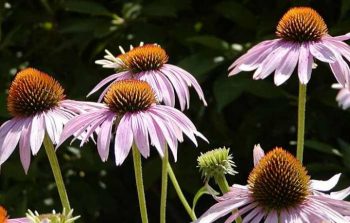
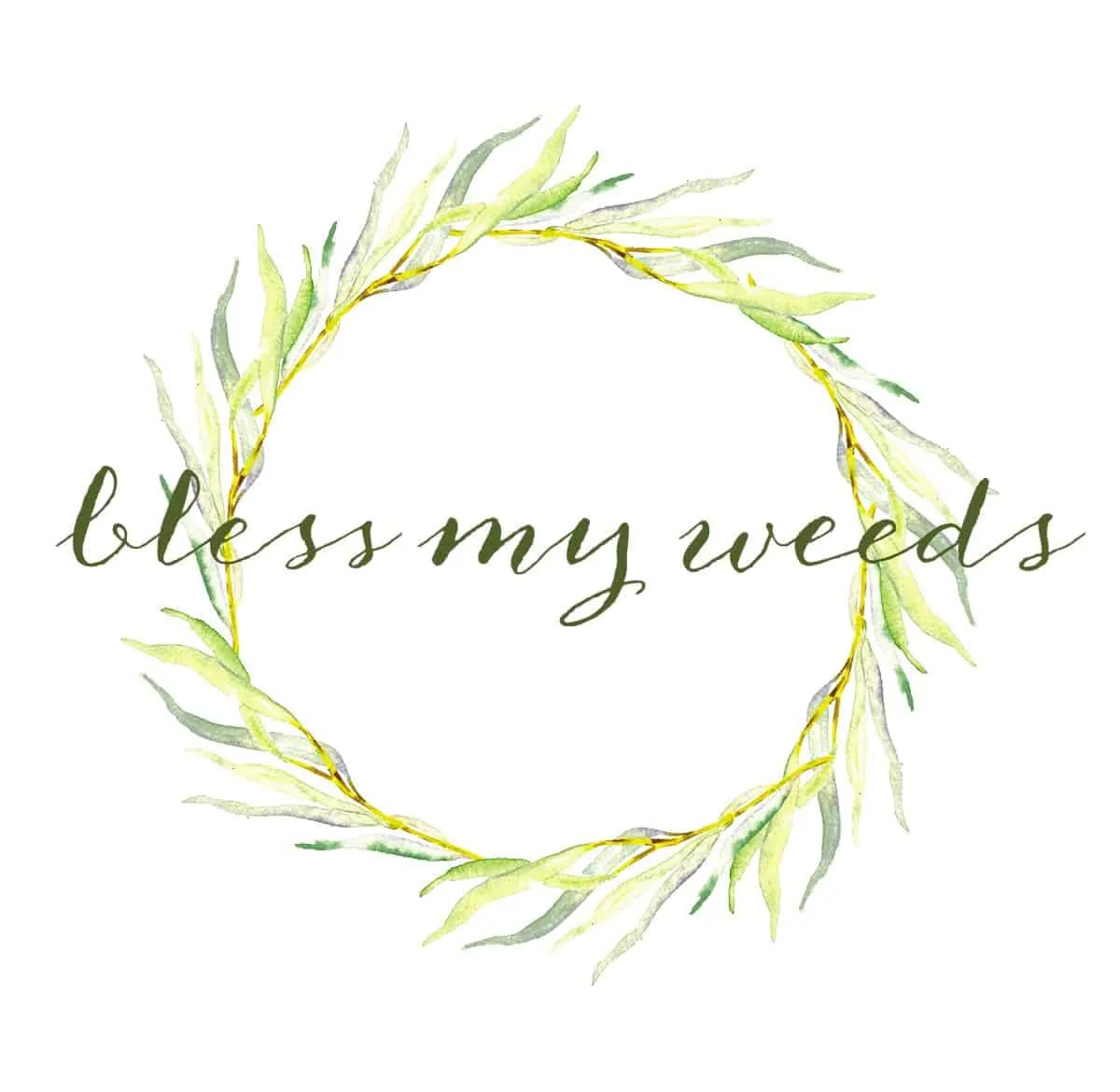
Leave a Reply